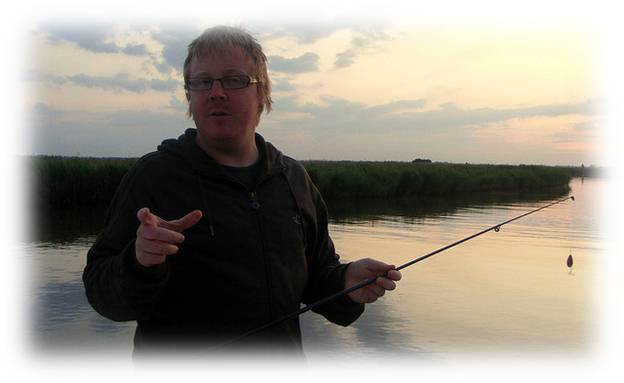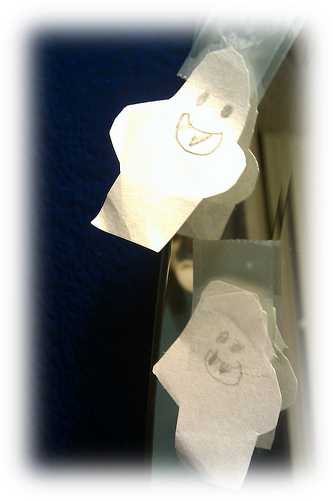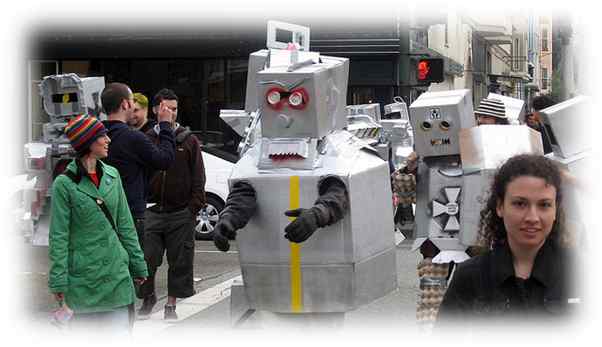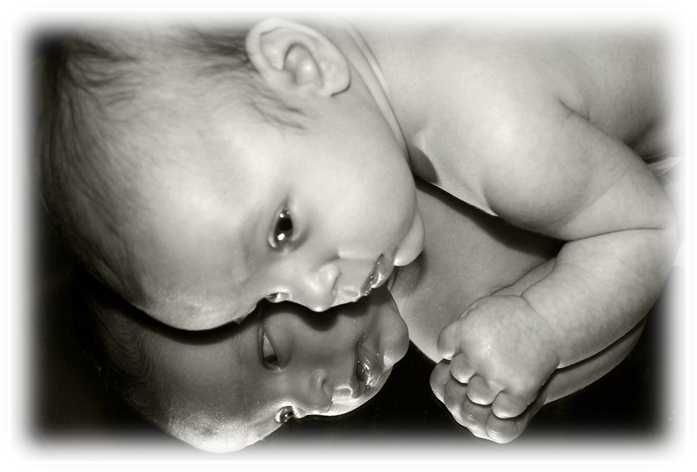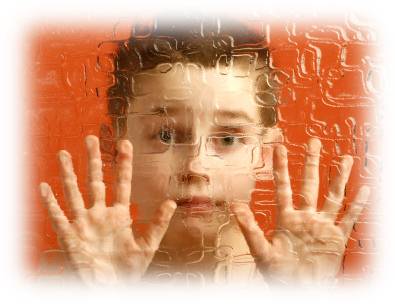Altogether now – Using Body Language in children’s stories and storytelling
In this chapter on body language and story telling with children, we have covered:
- The importance of body language as a form of communication in stories
- Your natural body language tools to shape and mould your story
- How you can incorporate your head as both body language tool and prop in your stories
- How to bring together your arm, hand, leg and foot gestures into your stories.
- The importance of body language in teaching positivity to your child (which is actually this next bit below).
Remember that you can convey so many feelings, attitudes and actions with your body.
Apart from expressing emotion, you can use your body to act out character’s descriptions or episodes within the story.
Bring your whole body into the story and you are onto a winning storytelling technique.
For example, how would you act out a cowboy galloping along on his horse?
This would probably involve your legs, your arms and moving your whole body in imitation of the rider.
Bring your pirate to life by closing one eye to illustrate his patched eye, clench your fist and stick out a hooked finger for his ‘hook’ hand, and limp along for his peg leg.
How would you act out a Ninja? You might do karate chops and raise your leg into the air as well as jerky head movements.
If in doubt, why not ask your kids!?
Engaging your whole body in storytelling requires a little time and effort, but is very fulfilling for your child as it creates dynamic, dramatic, larger-than-life characters who are fun to watch and whose actions become far more convincing.
By including body language and a bit of theatre into your story, your child will really feel you are communicating with them on their level of understanding, no matter how old they are.
By teaching your child how to understand and recognise body language and emotive gestures, you train your child to have the necessary social skills that will guide them through the social experiences they will have outside of their home.
You can teach them to understand how people act and what they really mean, despite the words they use.
Teaching children positivity though body language and story telling
You can also teach them how to become a more successful person, by using body language to express positivity.
“The use of nonverbal signal for expressing positive attitudes is an important social skill. Those people who say that they are lonely or who are rated by others as socially unskilled are found in laboratory encounters to look, smile and gesture less than other people.”
Bodily Communication, Michael Argyle
You want to do right by your child. You want to teach them to be the best that they can be and to realise their full potential.
Children learn to work with successfully with others through the interpretation of body language.
Give them a strong foundation and show them how to harness this valuable social skill.
Your child can take these social skills into the playground, into school and later into their teenage years when the sense of ‘self’ and the relationship to others becomes magnified and scrutinized, on into their professional lives.
In Summary
Remember, your body language is a multi-faceted tool to help you entertain and teach your child. Turn your time with your child into an entertaining and educational experience that they will never forget and keep gaining huge reward from.
You can do it. Have faith in yourself and your kids.
There is one final email in this course and that is to congratulate you for completing it and it also gives you links to all the articles in the series so you can dip in and out and remind yourself of the storytelling homework you skipped.
